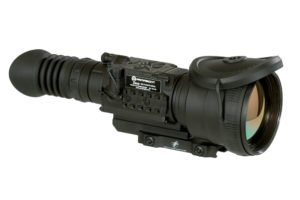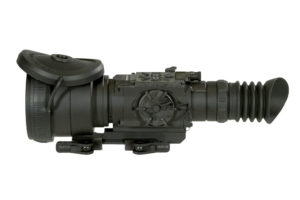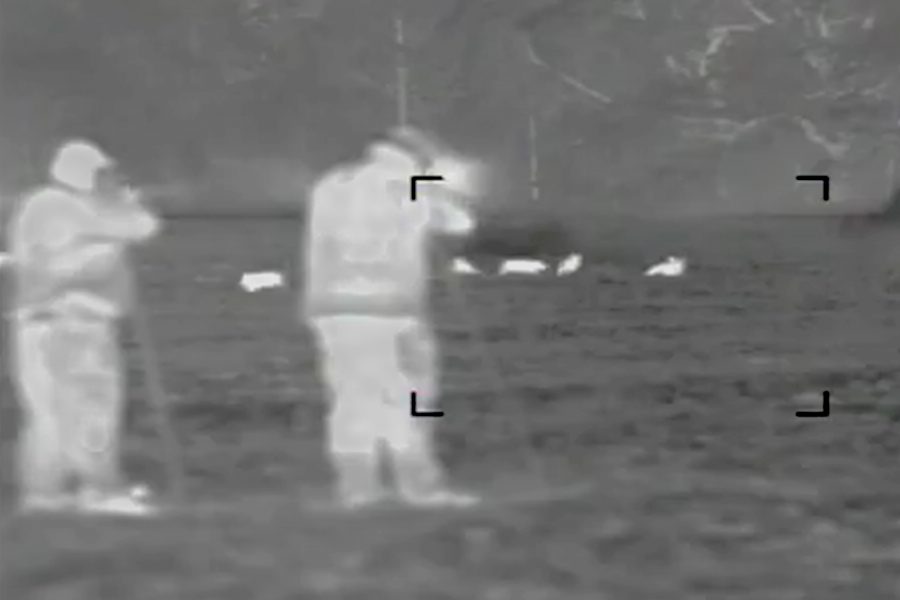TV Advice on Thermal Scopes
Well, I just watched a very highly regarded (by me and others I know) shooting show and they were shooting predators, in the dark, with thermal optics. Now, by their own account, they did not have that much experience with thermals. Also, to their credit, they did not profess to be experts when it came to the finer points of how to use thermals to hunt. But, and this is a big “BUT”, they gave a piece of advice on how to properly adjust the focus of the thermal that was partially incorrect. We’ll get to the focus part in a minute, but first, I must also commend them for another piece of advice they gave. And that was to seek out the advice of others that have first hand, successful, experience if you are new to thermals. This is sound advice for almost anything in life that you have no formal training in. And no, I’m not going to say which show. They are too good to bash them by name over this. I merely point this out to emphasize that not all advice is good, even if it comes from TV hosts you have respect for.
Focus Your Thermal Ocular Lens
 Now to the focus part. Just as with ANY daytime scope, such as a Leupold, the first thing that must be focused is the ocular lens. This is where the show got it wrong. Now, for those of you not up on all the optic vernacular, the OCULAR lens is the one closest to your eye. In a daytime scope, the purpose of this is to focus the reticle, or crosshair, to your eye. This is what allows you to see your aiming point in focus. This next part is very important. If you wear glasses or contacts, and intend to shoot with them on, you MUST focus the ocular lens while wearing them. And vice versa if you don’t. With a thermal, though, what you are doing is focusing your eye to the view screen that is displaying the crosshair, or reticle. In a thermal optic, aside from the aiming point, there are also various text on the screen that tells you what mode you are in, i.e. white/black hot, the brand of the core, i.e. FLIR, and a battery symbol. These can be used to make sure the ocular is focused to YOUR eye.
Now to the focus part. Just as with ANY daytime scope, such as a Leupold, the first thing that must be focused is the ocular lens. This is where the show got it wrong. Now, for those of you not up on all the optic vernacular, the OCULAR lens is the one closest to your eye. In a daytime scope, the purpose of this is to focus the reticle, or crosshair, to your eye. This is what allows you to see your aiming point in focus. This next part is very important. If you wear glasses or contacts, and intend to shoot with them on, you MUST focus the ocular lens while wearing them. And vice versa if you don’t. With a thermal, though, what you are doing is focusing your eye to the view screen that is displaying the crosshair, or reticle. In a thermal optic, aside from the aiming point, there are also various text on the screen that tells you what mode you are in, i.e. white/black hot, the brand of the core, i.e. FLIR, and a battery symbol. These can be used to make sure the ocular is focused to YOUR eye.
Focus Your Front Diaopter

I hope this helps take some of the confusion out of how to get the most out of your thermal optic. Good luck, and I hope your prey is in sharp focus.



